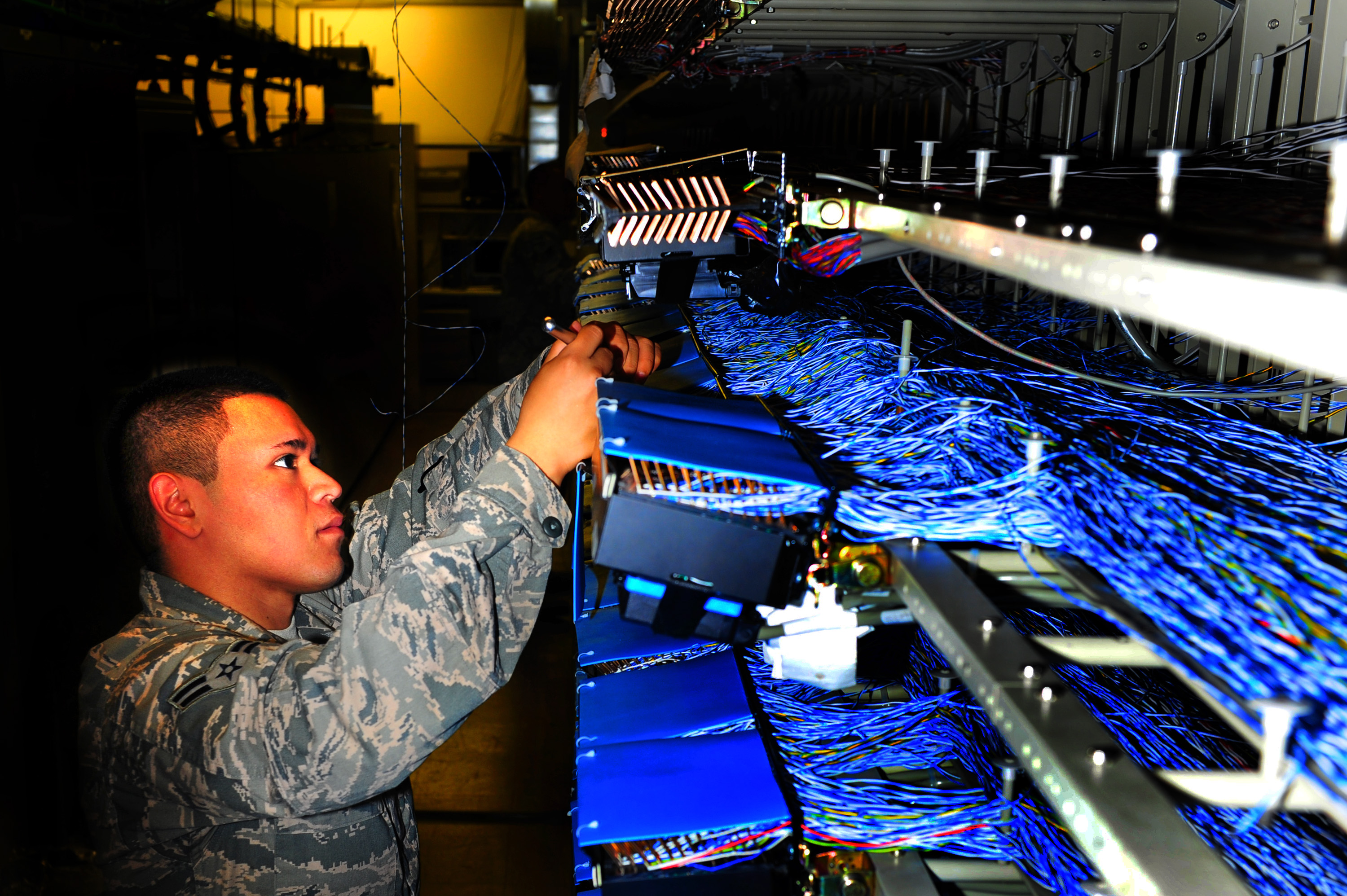
This post is also available in:
 עברית (Hebrew)
עברית (Hebrew)
The smart city concept has been increasingly embraced by communities worldwide, leveraging digital technologies to collect and analyze data, while making service delivery more responsive.
San Diego, which has become a leader in smart city technology, will collaborate with the US Marine Corps on researching and installing smart cities technology, including applications of unmanned aircraft systems.
Modern military installations perform a variety of complex tasks in direct support of military operations. Within the framework of an MOU signed by San Diego and the Marine Corps, the partnership will include working groups and pilot programs looking at the application of smart city technology in areas including protection and security, mobility and public works.
However, according to smartcities.dive.com, the partnership does not commit any additional resources or lay out new pilot programs, but instead commits the city and military to regular meetings and conference calls to exchange technical ideas and discuss smart cities issues.
The partnership will focus on a number of initiatives, including collaboration involving some 3,200 recently installed smart streetlights, which are equipped with a bevy of sensors that assist with data collection and law enforcement operations, as reported by govtech.com.
The city and Corps are also likely to collaborate on drones. Now the Corps will become one of some 20 partners involved in the San Diego region’s consortium for a UAV testing program launched last year by the US Department of Transportation.
The collaboration is part of a Marine Corps program called Installation neXt, which seeks to create stronger, more resilient military bases through various initiatives. Often these initiatives are compatible with the smart city model. The program led by the Commander, Marine Corps Installations Command (COMMCICOM) is supposed to drive Marine Corps installations into the future as resources of combat power.

























